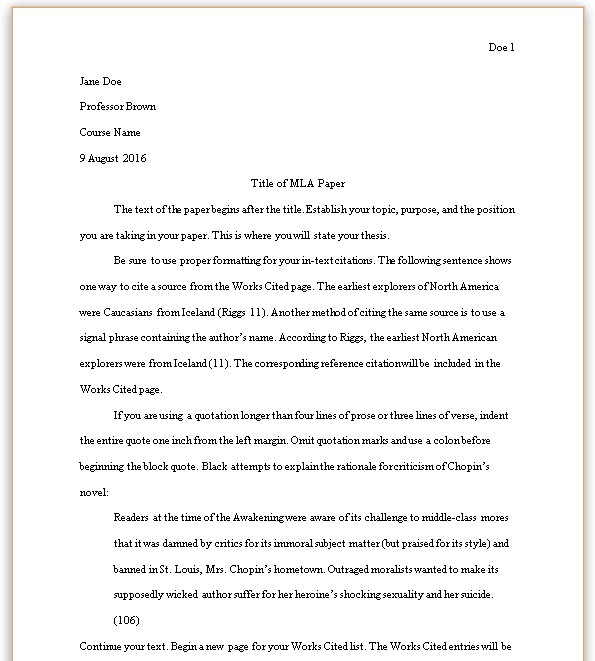Understanding Technical Writing – Kampus Guide
Technical writing is an essential skill in today’s world, particularly for professionals in fields such as engineering, software development, science, and healthcare. Whether you’re creating manuals, guides, reports, or documentation, technical writing aims to simplify complex concepts, making them understandable to a broader audience. In this blog, we will explore the key elements of technical writing, its importance, and the techniques you can use to master it.
What is Technical Writing?
Technical writing is the process of creating documents that convey complex information in a clear, concise, and easy-to-understand manner. Unlike other forms of writing that may focus on creativity and emotional appeal, technical writing is designed to inform, explain, or instruct. Examples of technical writing include:
- User manuals
- Online help guides
- Product specifications
- Standard operating procedures (SOPs)
- White papers and research reports
- API documentation
- Software documentation
The goal of technical writing is not just to present information, but to make that information actionable. For instance, a user manual for a smartphone should provide step-by-step instructions for setting up the phone, troubleshooting issues, and using advanced features, all in a way that users with varying levels of technical expertise can follow.
Why is Technical Writing Important?
Technical writing plays a vital role in almost every industry. Here’s why:
- Improves Communication: Clear, concise documentation helps bridge communication gaps between technical and non-technical audiences. It allows engineers, scientists, and developers to explain their work to those who may not have a technical background.
- Increases Efficiency: Well-documented processes and systems reduce the need for constant support and troubleshooting. Users can solve problems independently by following user manuals or guides.
- Boosts Product Usability: A product that is well-documented is easier to use. From a software interface to machinery operation, clear documentation ensures that users know exactly how to operate the product safely and effectively.
- Facilitates Compliance: In industries like healthcare, finance, and manufacturing, technical writing helps ensure that companies comply with regulations by documenting processes, safety standards, and protocols.
- Improves Customer Satisfaction: Detailed and clear instructions contribute to customer satisfaction. Customers appreciate the ability to solve problems on their own without the need to contact customer service.
Key Principles of Technical Writing
To become a proficient technical writer, you must understand several core principles. Here are some of the most important ones:
1. Clarity
The cornerstone of technical writing is clarity. Whether you’re writing a user manual, a product specification, or an API documentation, your goal is to make complex ideas as simple and easy to follow as possible.
- Use simple, direct language.
- Avoid jargon unless it’s necessary and clearly defined.
- Break information into manageable chunks (e.g., using bullet points, numbered lists, and headers).
- Write in an active voice to make sentences more direct and easier to understand.
Question: Why is clarity crucial in technical writing, and how can it improve the overall user experience?
2. Conciseness
Technical writing thrives on brevity. Every word should serve a purpose and provide value. Avoid unnecessary explanations, excessive adjectives, or redundant statements.
- Remove any fluff or filler content that doesn’t contribute to the goal of the document.
- Be precise in your instructions and descriptions.
- Use short paragraphs and sentences to make your writing easy to digest.
Question: How can using concise language in technical writing prevent misunderstandings and make documentation more effective?
3. Accuracy
Accuracy is paramount in technical writing. Your content should reflect the correct facts, data, and processes, especially when dealing with technical specifications or instructions.
- Ensure that all facts and numbers are accurate and up to date.
- Verify any instructions or procedures with the product or system you’re writing about.
- If you’re writing about a technical concept, ensure you understand it fully to avoid inaccuracies.
Question: What could be the consequences of inaccurate technical writing in industries like healthcare or engineering?
4. Audience Awareness
Understanding your audience is essential for writing technical documents that are useful. The tone, complexity, and structure of your writing will depend on the background knowledge of your readers.
- A software API documentation will be written differently for developers than it would for business stakeholders.
- A user guide for a technical device should cater to both tech-savvy users and those less familiar with technology.
Question: How can identifying your target audience shape the tone and content of your technical writing?
Types of Technical Writing
Technical writing spans various types of documents and formats. Here’s a closer look at some of the most common ones:
1. Instructional Materials
Instructional content teaches users how to perform specific tasks. This includes user manuals, how-to guides, and troubleshooting documents.
- Example: A step-by-step guide to setting up a Wi-Fi router.
2. Reports and Proposals
These documents provide detailed analyses, often used in business, scientific, or technical fields. They may present research findings, technical proposals, or progress updates.
- Example: A research report on the effectiveness of a new software application.
3. Online Help and FAQs
Many companies create help sections on their websites to address common questions and provide troubleshooting advice. These are often interactive, with hyperlinked topics and search functionalities.
- Example: An FAQ section for a software product.
4. White Papers
White papers are in-depth reports that provide information or proposals on a particular topic, often used in business or academia to demonstrate expertise or explore new ideas.
- Example: A white paper explaining a new technological innovation in cloud computing.
5. Standard Operating Procedures (SOPs)
SOPs are detailed instructions that outline how to perform specific tasks within an organization, ensuring consistency and quality.
#Understanding Technical Writing
- Example: A procedure for conducting safety checks in a laboratory.
Tips for Effective Technical Writing
1. Plan Before You Write
Before you dive into writing, take time to plan your document. Create an outline of what needs to be covered, how information should be organized, and which details should be highlighted.
- What is the purpose of this document?
- Who is the target audience?
- What is the most logical way to present the information?
2. Use Visuals Where Necessary
Sometimes words alone can’t fully convey complex information. Incorporating visuals such as diagrams, screenshots, charts, and tables can clarify concepts and make documents easier to understand.
- Example: A diagram of a network architecture in a technical report.
- Example: A screenshot in a user manual demonstrating a feature.
3. Test Your Instructions
If possible, test your instructions with a representative sample of your target audience. This will help identify areas of confusion and refine the document’s clarity and effectiveness.
- For example, if you wrote a user guide, ask someone who has never used the product to follow your instructions and see if they encounter any issues.
Conclusion
Technical writing is a powerful tool for conveying complex information in an understandable and actionable manner. Whether you’re writing user manuals, research reports, or online help documentation, your goal should always be to inform, instruct, and clarify. By focusing on clarity, conciseness, accuracy, and audience awareness, you can create documents that serve their purpose and enhance the user experience.
Questions to Reflect On:
- What strategies can you use to make technical documents more engaging and easier to understand?
- In what ways does technical writing differ from other forms of writing (e.g., creative writing, academic writing)?
- How does audience awareness influence the structure and content of technical documents?
- What are the potential consequences of unclear or inaccurate technical writing in high-stakes industries like healthcare or engineering?
By continuously refining your technical writing skills, you can create content that not only informs but also empowers your audience, whether they’re engineers, developers, customers, or business stakeholders.
About Kampus Guide
At Kampus Guide, we provide expert insights into academic and professional writing, helping you build the skills you need for success. Whether you’re working on a technical document, research paper, or creative project, we offer resources, tips, and guidance to help you improve your writing and achieve your goals.
For more writing tips, guides, and resources, stay tuned to our blog!
Understanding Technical Writing
#Understanding Technical Writing


